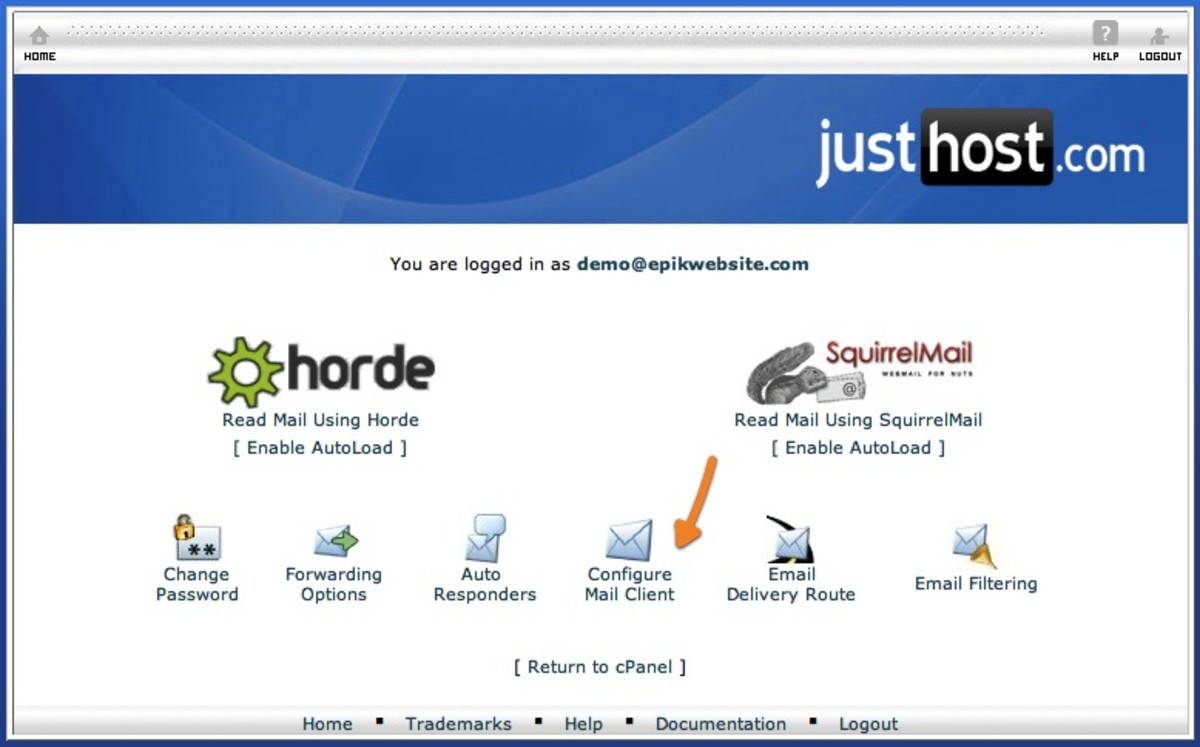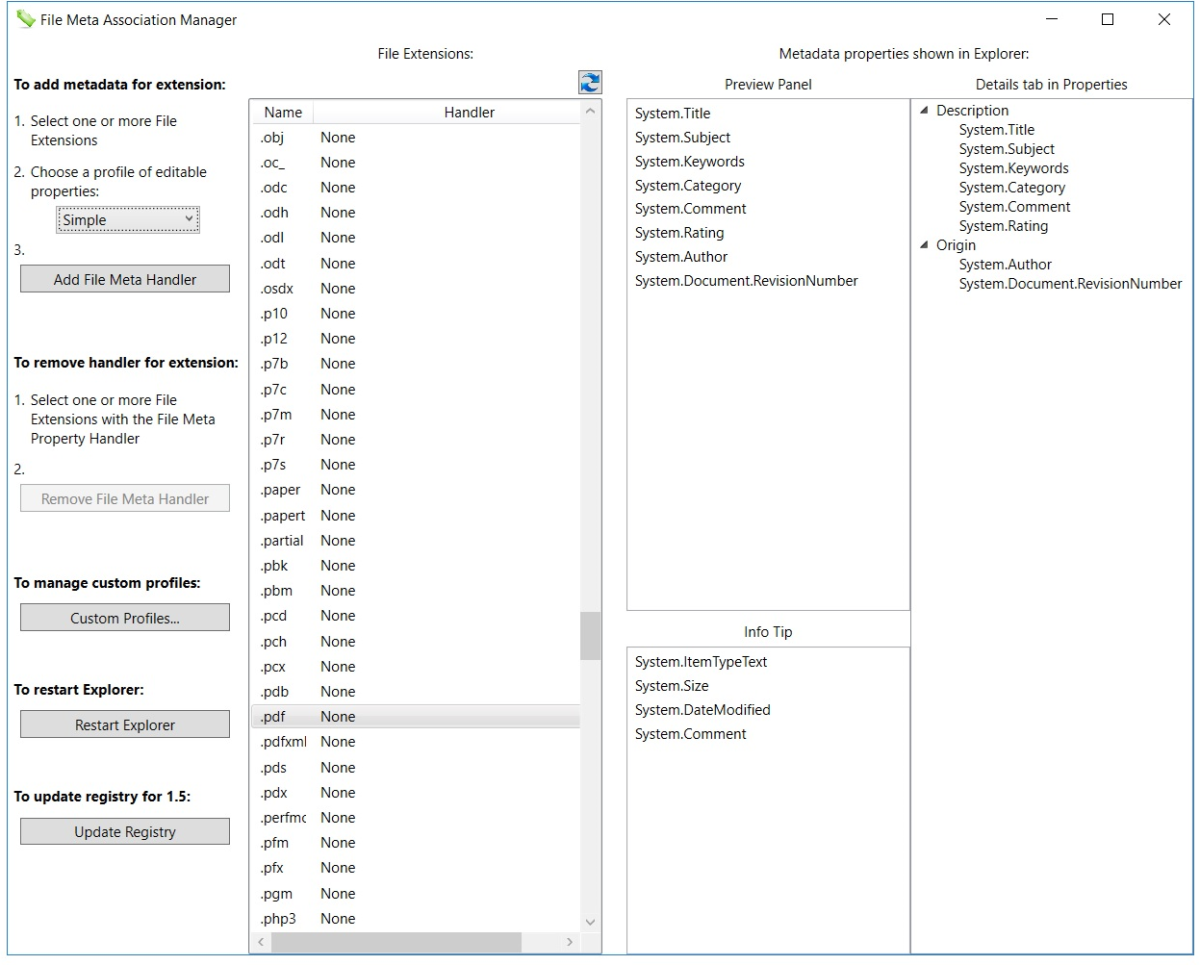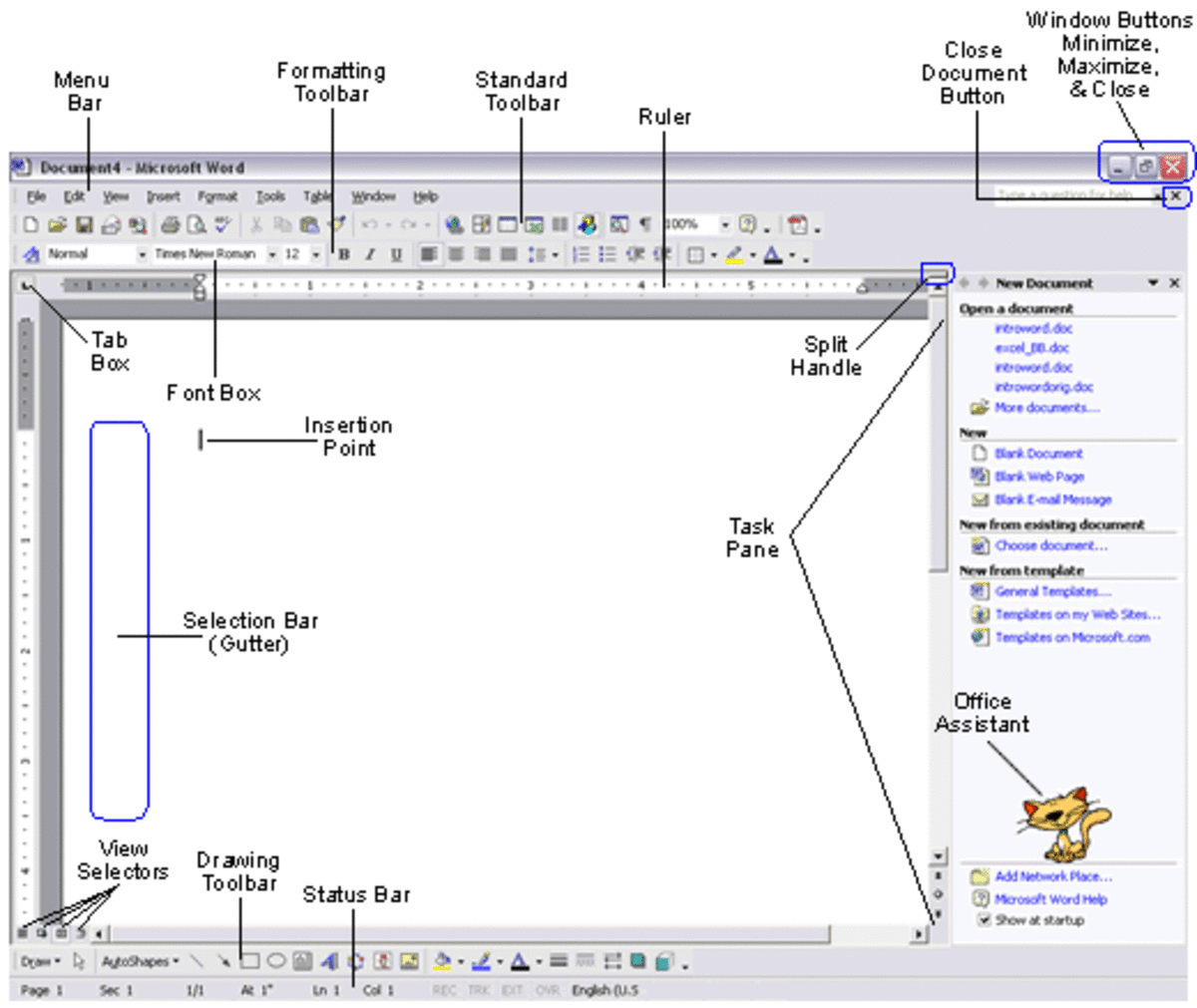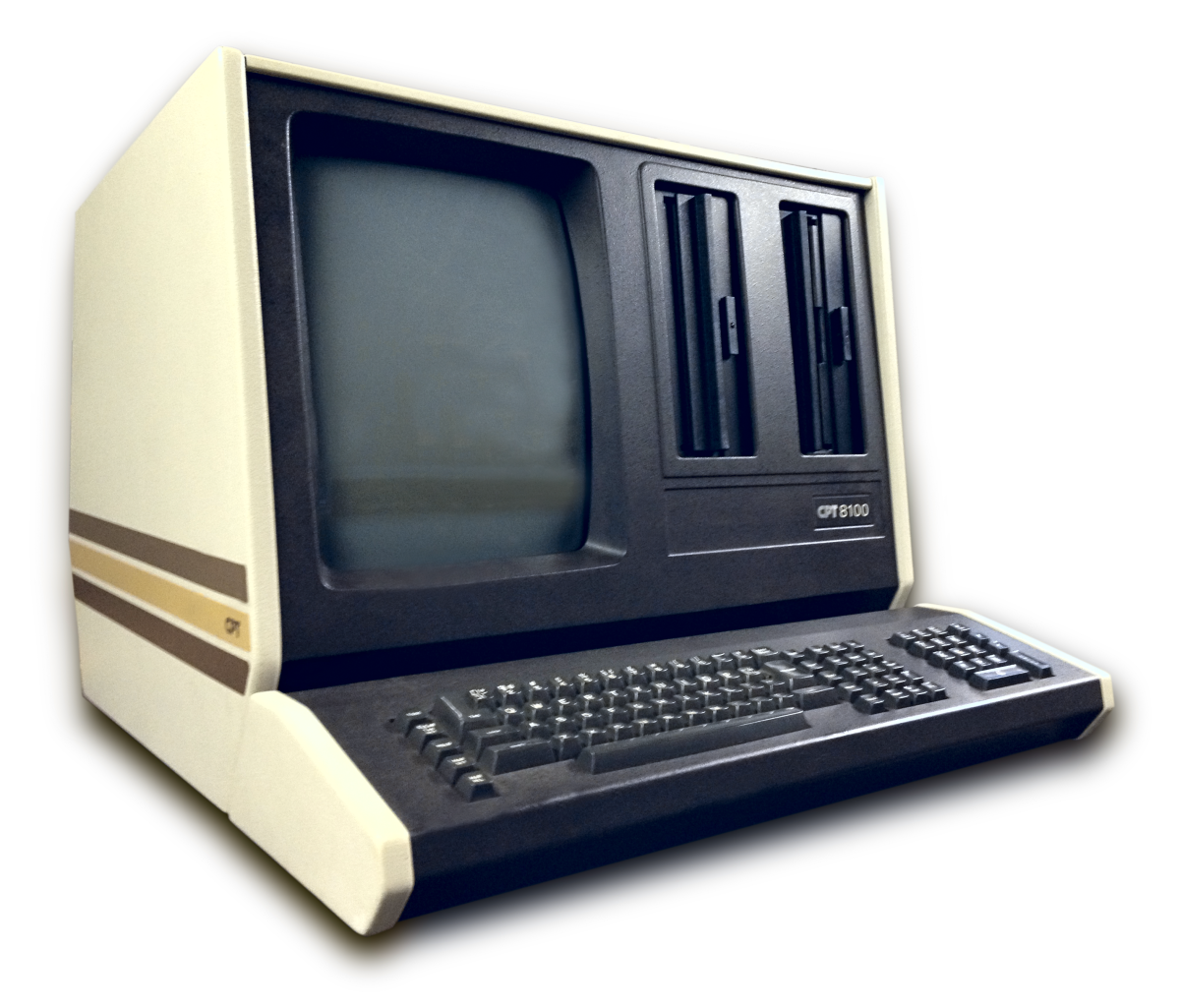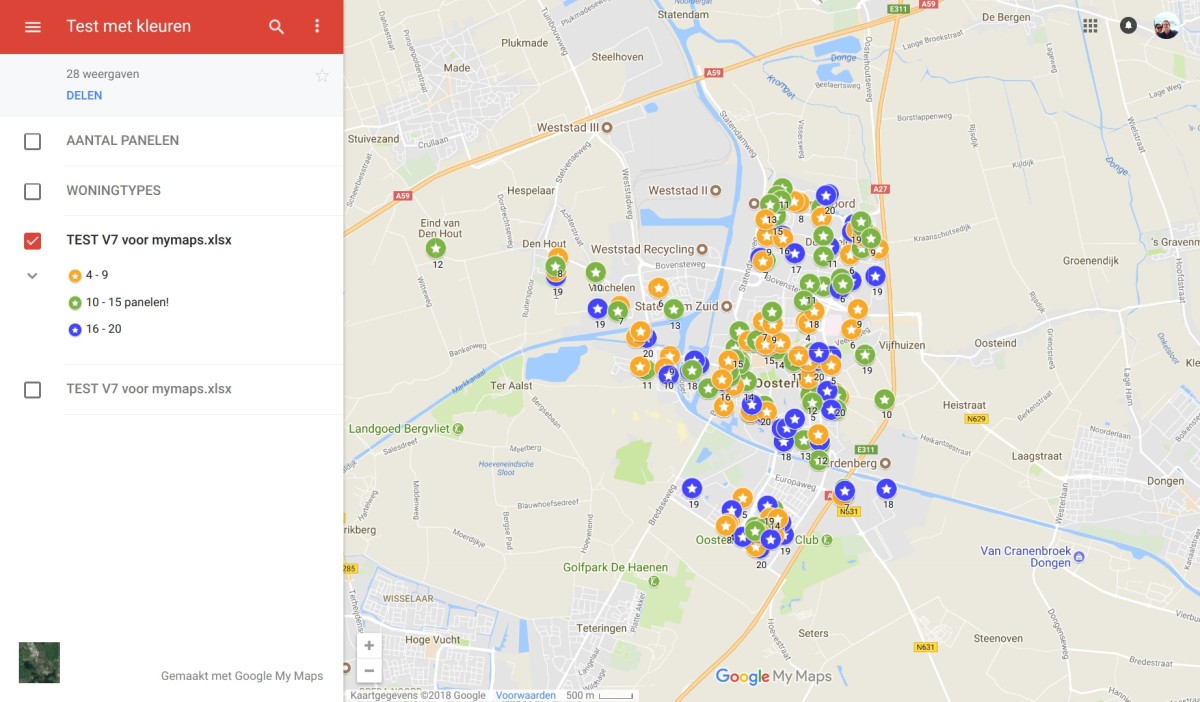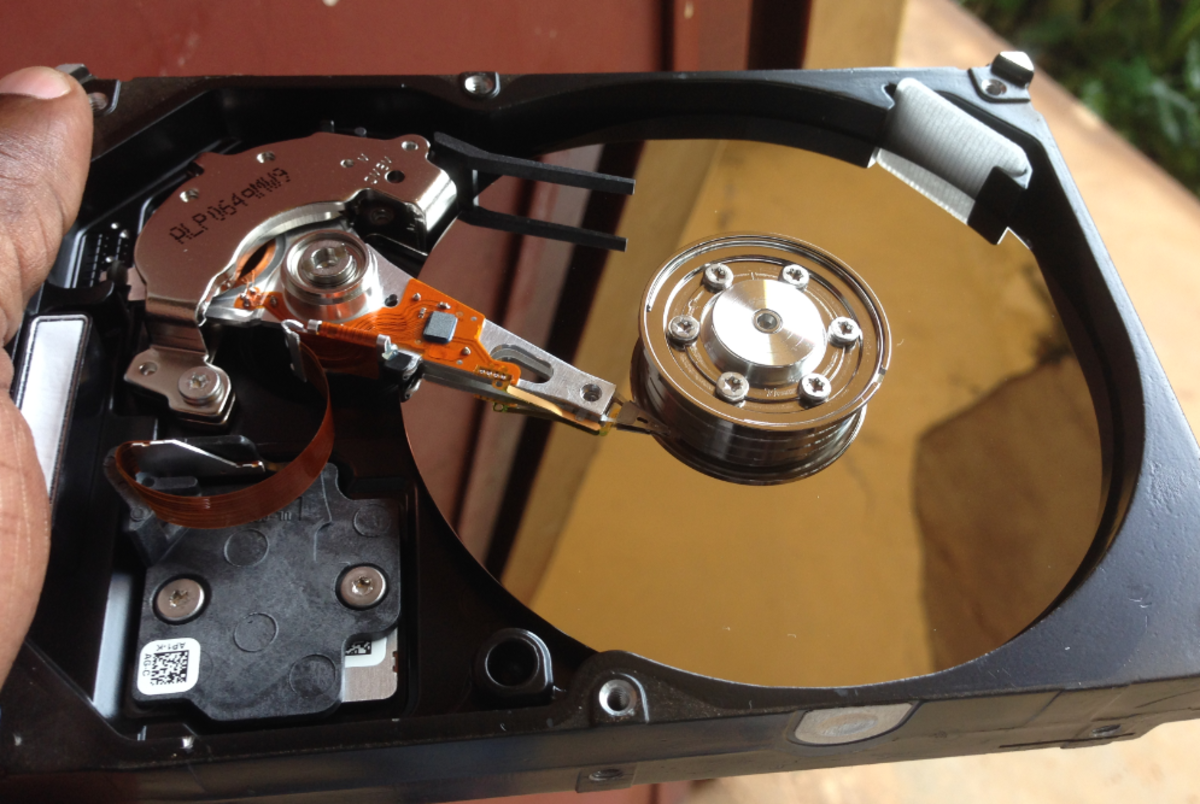What is a PST File?
What is a PST File?
Microsoft Outlook and Microsoft Exchange mail servers use personal store files or PST files to store personal Microsoft Outlook information. PST files are also called MS Outlook personal folders. The PST file for Microsoft Outlook is generally named Outlook.pst. These files are separate from the application files that are used to run Microsoft Outlook itself.
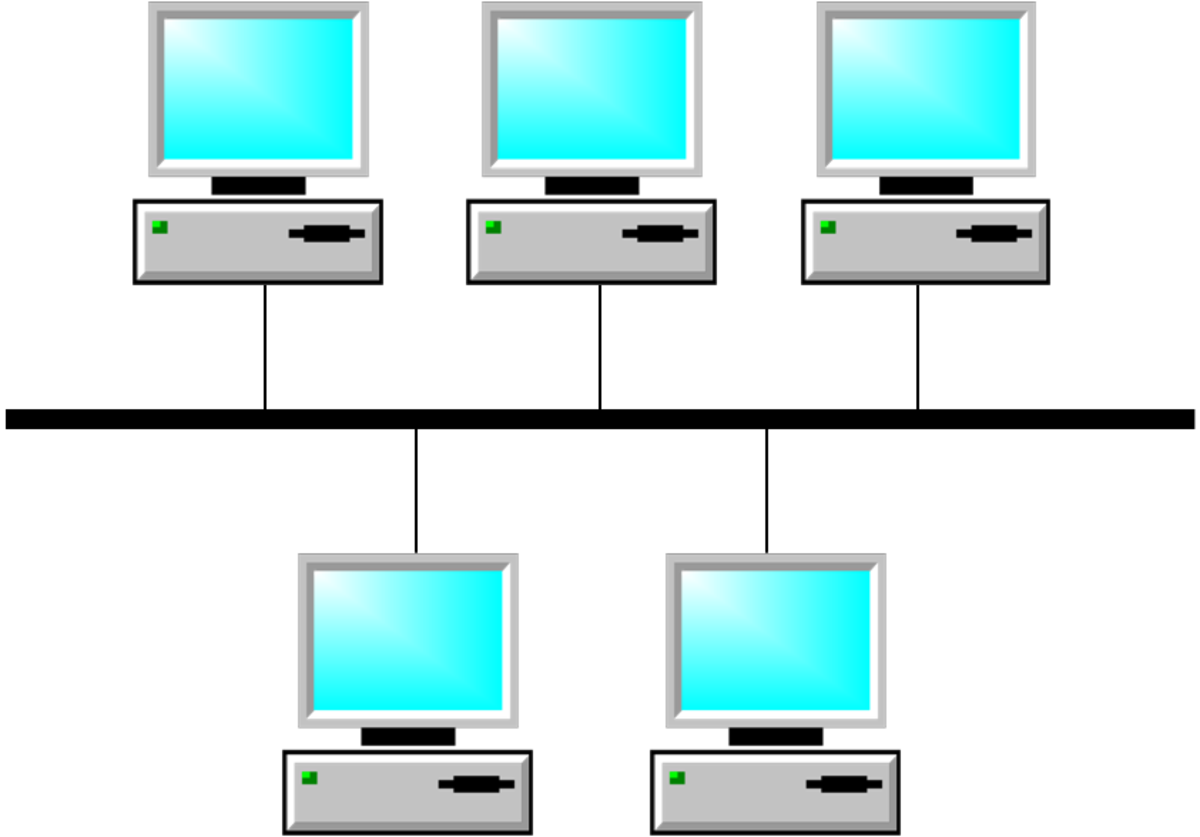
Which Software Applications Use PST Files?
PST files are created when a user first accesses Microsoft Outlook and a new user profile is created. Microsoft Outlook uses PST files to store Outlook data like personal contacts and messages. PST files can store old email messages so that they do not show up in your inbox.
Microsoft Sharepoint contacts are copied to a user’s PST file as read only information.
PST File Versions
PST file format is determined when the file is first created. PST files have different versions depending on the Outlook version they supported. PST files can be formatted to work with Outlook 1997-2002. In Outlook 2003, the PST file format changed to Unicode format. PST files from Outlook 1997-2002 must be converted to the Unicode format used in Outlook 2003 and later.
Another PST file format change took place in Outlook 2011. Outlook 2011 uses an Outlook Identity format. PST files are made compatible with earlier versions of Outlook by saving them in the PST format of the earlier version of Outlook.
Managing and Synchronizing PST Files
Microsoft Outlook PST files are stored locally on the hard drive. If the PST file is kept on the user’s hard drive, it is not backed up unless the entire hard drive is backed up. And you must exit Microsoft Outlook before you can back up the PST file. Microsoft Exchange users can have more than one PST file. For example, users may have a PST file with archived emails in addition to the PST file used for their current email database. Using Microsoft Exchange avoids the risk of having multiple PST files on several different computers.
To make the PST file available to a roaming Windows profile, allowing you to check the same Outlook mail file from any computer, put the PST file on a network share drive available from any computer on the network. User’s default information can also be stored in a Microsoft Exchange mailbox.
What do you do if your customers do not have Microsoft Exchange? According to “Absolute Beginner's Guide to Microsoft Office 2003” by Jim Boyce, your Microsoft Contacts folder can be shared with those who do not use a Microsoft Exchange server by exporting the contacts to a PST file.
Risks of Using PST Files
If the user relies upon a PST file on his or her computer for email messaging and the PST file is corrupted, the information may be lost for good.
The book “Mastering Microsoft Exchange Server 2010” by Jim McBee and David Elfass says the data in PST files takes up more space on the user’s computer than it would on a server. In order to restore a PST file, you must have access to the user’s home directory or location where the PST file is kept, which can be a challenge for technical support.
Relationship between PST and OST Files
The offline store file or OST file can store a user’s email messages, calendar entries and Microsoft Outlook data. An OST file can act as a default information store for users with multiple PST files.
According to “Microsoft Outlook 2007 Programming” by Sue Mosher, users with HTTP accounts may have a synchronized PST file or can use the Microsoft Office Outlook Connector to create an information store using an OST file that can hold appointments, contacts, tasks and email messages. Users running off of an OST file need to keep their email files synchronized with any local email database copies. The OST file synchronizes Microsoft Outlook with the Microsoft Exchange Server when the Outlook software connects to the mail server.

